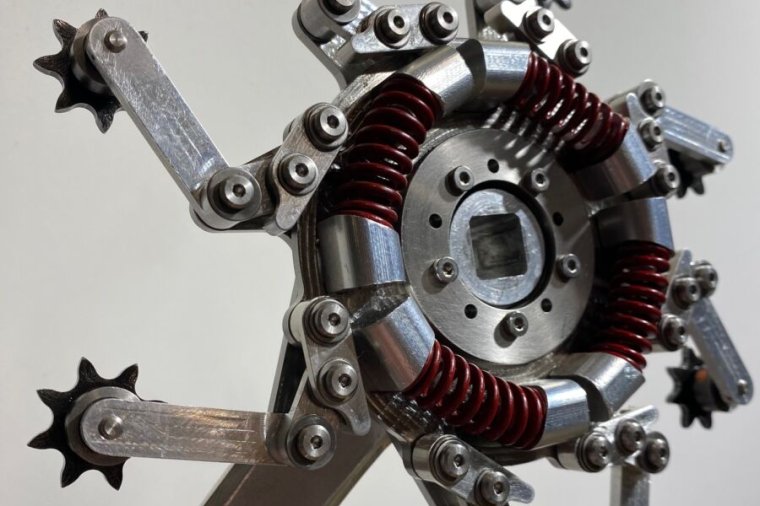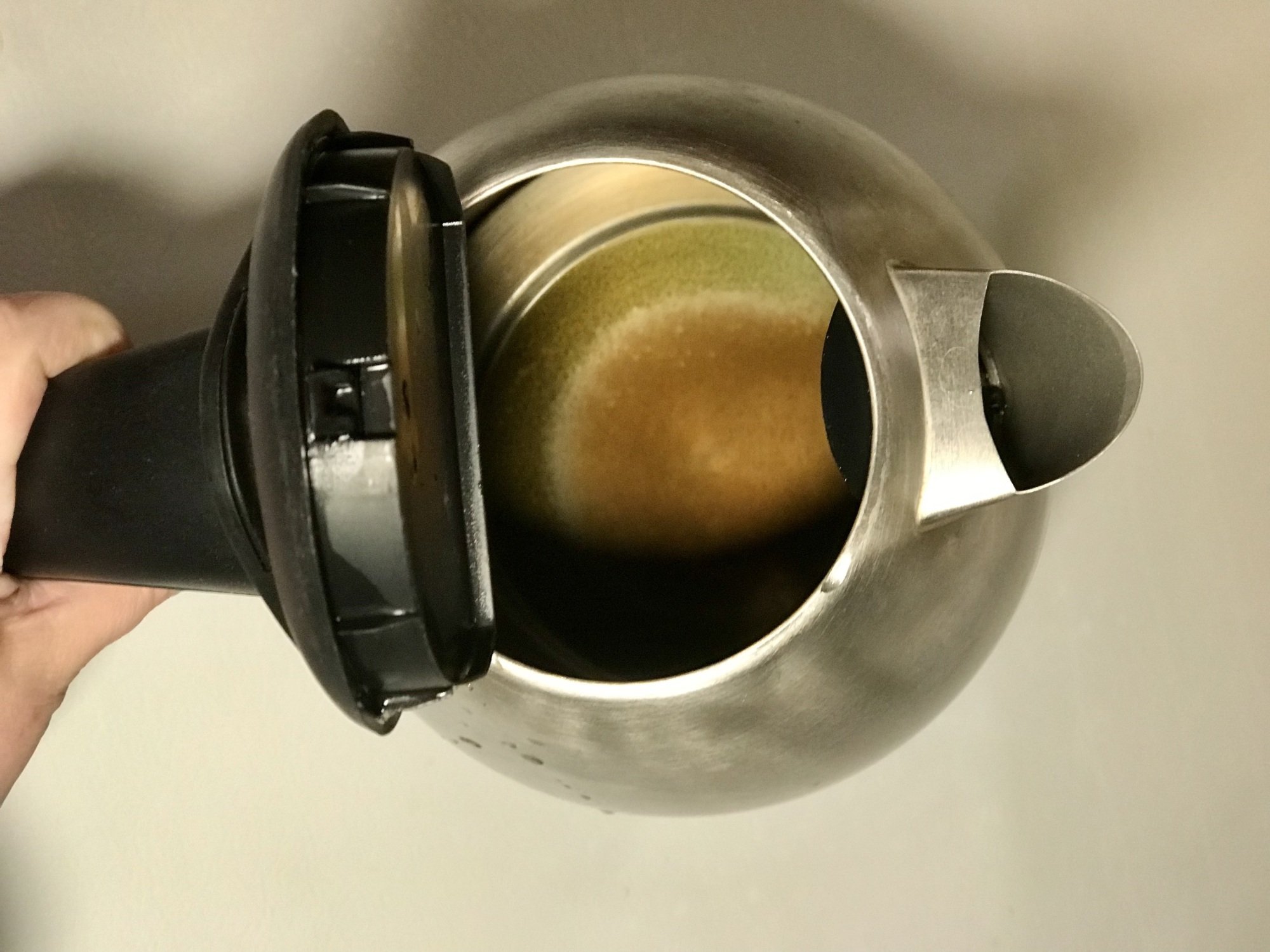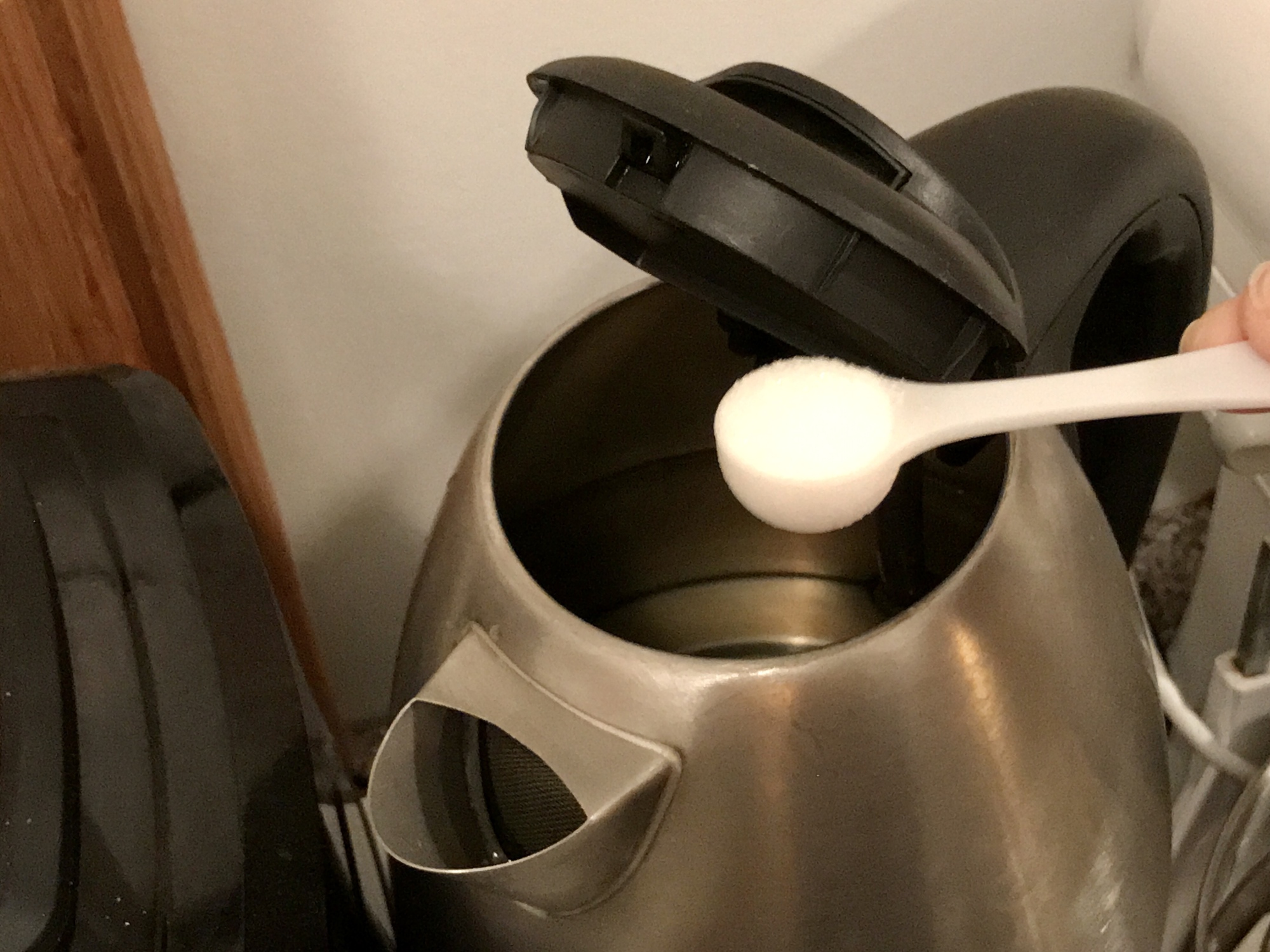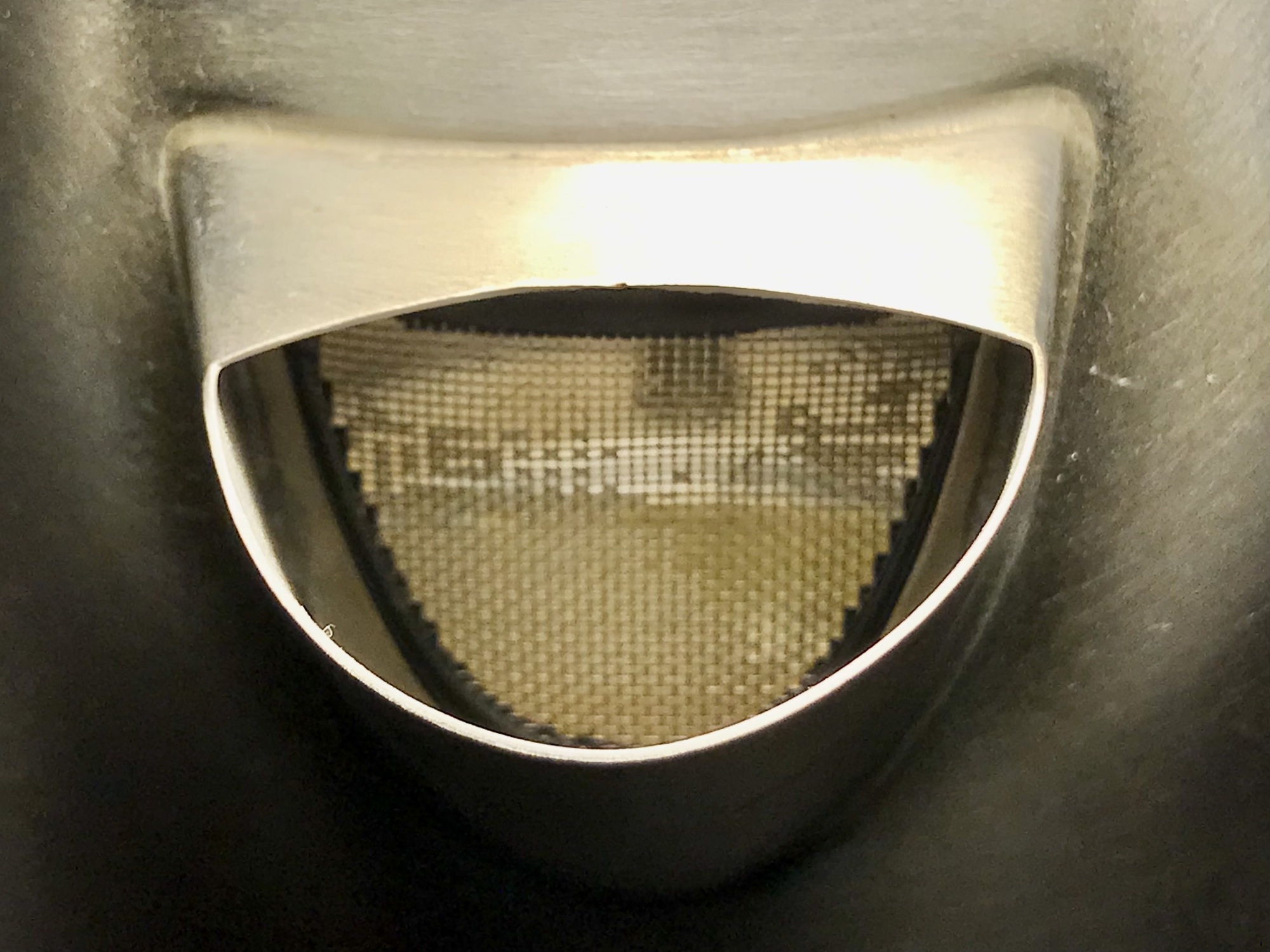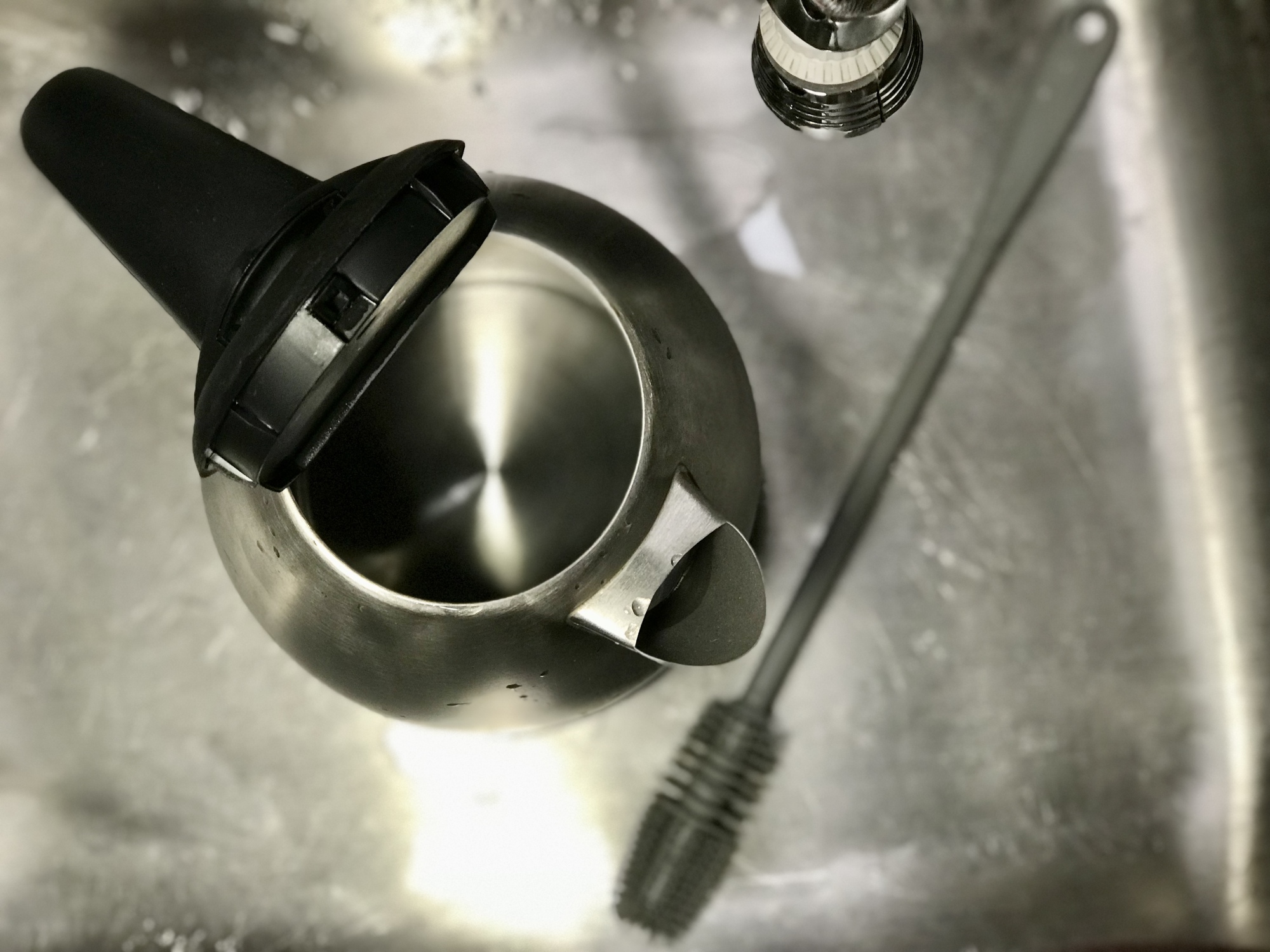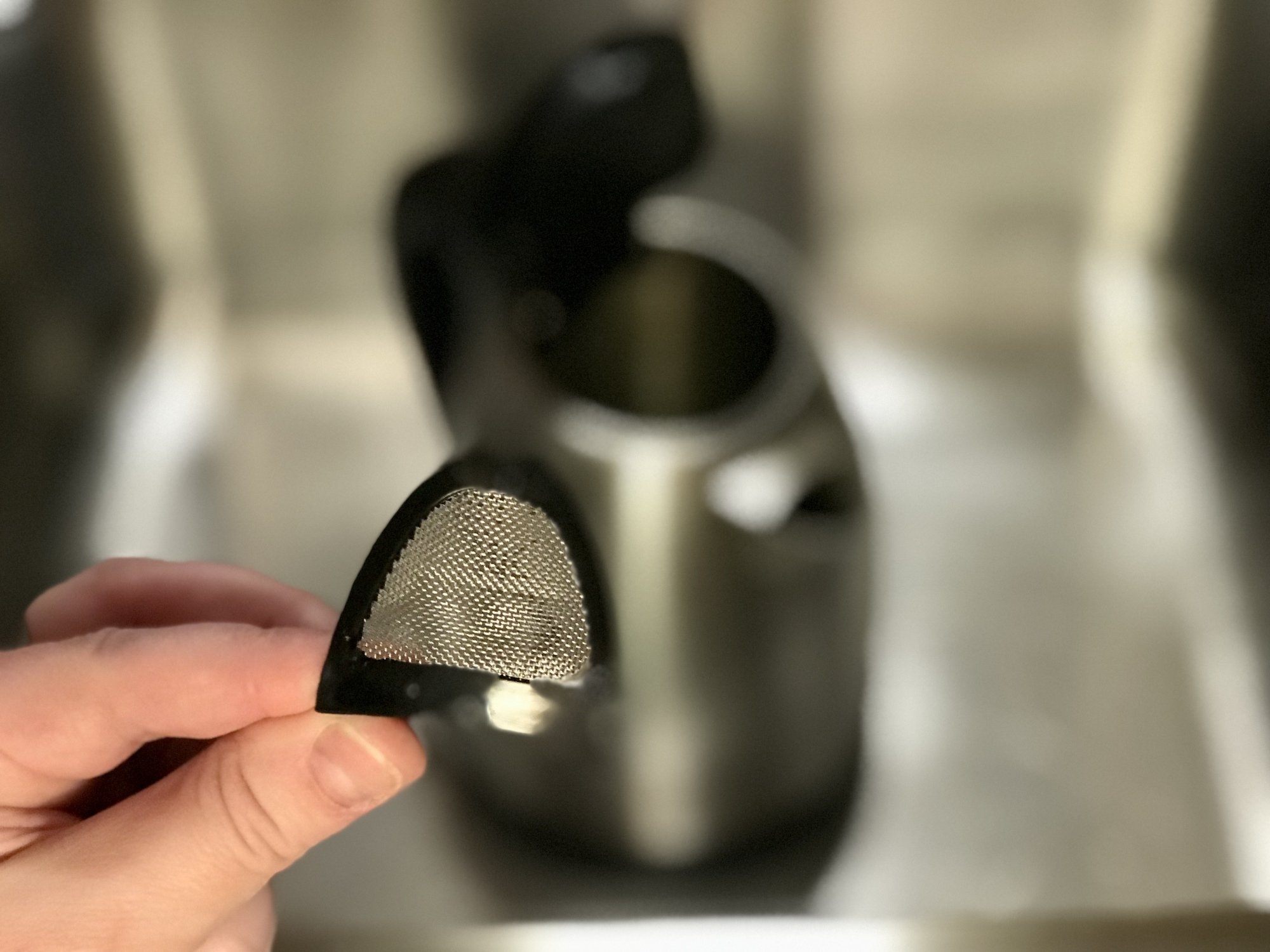The holiday season is in full swing, parties are filling your schedule, and cookies are always in style. This year, I’ve got a very special cookie project for you. One for the drinkers, non-drinkers, and the stoners in your group (and even the ones who manage to do both without tossing their cookies). Whether you’re hosting or bringing a gift, bake a batch of cookie shots for the holidays. Here’s how to do it so they look cute too.
A cookie shot, or more accurately a cookie shot glass, is cookie dough baked into the shape of a little cup. I had only eaten (drank? used?) experienced a cookie shot once before. It was four or five years ago, and I was both thrilled and confused. Would it be gross? Would a cookie even hold liquid? My boyfriend’s cousin had purchased them from Dominique Ansel Bakery (you might know the chef as the creator of the decadent cronut). So the question about flavor was answered—Ansel’s pastries are anything but gross—but how do you prevent leakage? Well, the inside of the cup gets brushed with a layer of melted chocolate. This adds more chocolate-y flavor, but also creates an impermeable layer on the inside. She’s a modern marvel.
We had more than one shot, because the cookie doesn’t get soggy, and then we ate them. The cookie shots were incredible, and I’m sure we became very responsibly buzzed. It’s a fun way to do normal shots, and a hell of a talking point. All of these things are great for a party. But I never had them again. You see, Dominique Ansel knows his worth. That’s nice for him, but I will not purchase three chocolate chip cookies for 22 American dollars, regardless of their shape. Luckily, the universe heard my sorrow, and now I can make as many as I want at home.
Products to consider:
-
Wilton Cookie Shot Non-stick Pan ($14.99)
You can buy metal cookie shot pans specifically for this purpose or you can buy shot glass molds made of silicone. Most silicone molds are oven-safe up to 500°F, but double check on the packaging, of course. Nestle Toll House currently has a cookie shot sweepstakes going on too, where you can enter to win your own cookie shot kit. It comes with the Wilton cookie shot mold above, which is a non-stick, quality piece of bakeware. The real value is that it’s basically a 12-cup popover pan set, and I don’t have one of those yet. (Get ready for some popover recipes, y’all.)
Tips for making the perfect cookie shot
Once you get your mold and make your favorite drop cookie dough (standard chocolate chip is my go-to), you should be able to follow the directions to success. However there are some things I wish I had done better the first time. Here’s what I learned, so you can make sure everything goes well even on the first batch.
Don’t overfill the mold
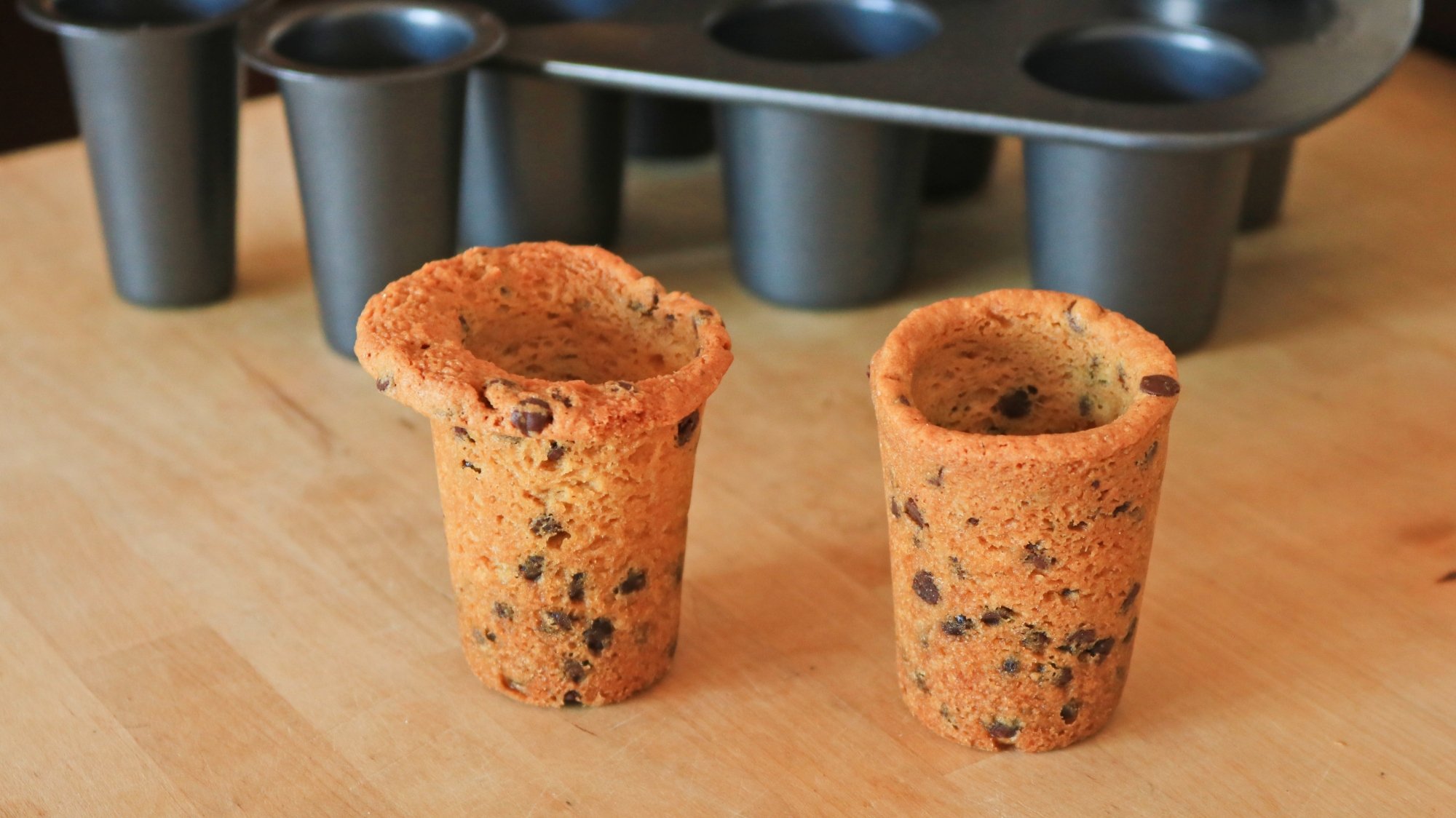
Credit: Allie Chanthorn Reinmann
I got greedy. It happens. I’m not proud of it, but I overfilled my cookie mold. On the bright side, no one’s going to be mad that they got the cookie shot with an extra-cookie-umbrella top. Remember, if there’s a leavening agent in your dough, it will expand. If you’re using the Wilton-style mold (where you fill the cavity and use a plunger), fill it only halfway up the mold. Plunging the indentation in the center drives the dough up the sides, but even then there should be a half-inch or more of space at the top of the mold. Dough in the other style of mold should also sit with a little room to grow.
Make sure they’re cooked crisp
Once I had baked the cookie shots for about 12 minutes, according to the baking directions and the pan instructions, I noticed the plungers were lifted as a result of the baking powder and probably steam. If that happens, just press them down again while the cookie dough is soft and let them cool. They won’t fight you.
Once I twisted out the plunger, I could tell they were set, but still too flexible for a shot. Once they were cooler, but still warm, I gently twisted the dough in the mold and lifted it out while twisting. I gripped the top edge with four fingers spaced around the rim to prevent breakage. Then I put them on a baking sheet, and baked them at the same temperature for another five to seven minutes. They cooled on a wire rack, and were crispy and stable. I have only used the Wilton mold, so I’m not sure how evenly the silicone molds cook.
Get your hands dirty

Credit: Allie Chanthorn Reinmann
In order to hold liquid, the cookie must be coated with chocolate or icing on the inside. At first, I figured I could use a pastry brush to swipe chocolate along the inside of the cookie shot. Silly me. Not only is a pastry brush too big, but you need to ensure there are no holes in your coating. A brush is not dependable for that.
Use your finger. Melt down any old chocolate or use icing. Scoop with a spoon, or use a piping bag (or zipper bag with the corner clipped), and put a teaspoon or so inside the shot glass. Use your finger to smash chocolate all the way down into the bottom corners and up the sides while you rotate the glass for complete coverage. Hey, you can always wear a food-safe rubber glove.
Let the chocolate cool in the fridge for 10 minutes or so, and the shot glasses are ready to roll. Different cocktails will pair well with different cookie doughs, but you can’t go wrong with dessert shots. Whiskeys pair well with chocolate cookies. Add Baileys, a white Russian, or a mudslide. Try coffee-flavored mocktails, a chilled espresso, or kick it old school with milk. Then you’ve already got your snack in hand. If you can help yourself, I suggest eating it slowly and taking incrementally smaller shots as the night goes on.
Source: LifeHacker – Holiday Cookie Shots Are Fun for Drinkers and Stoners Alike




